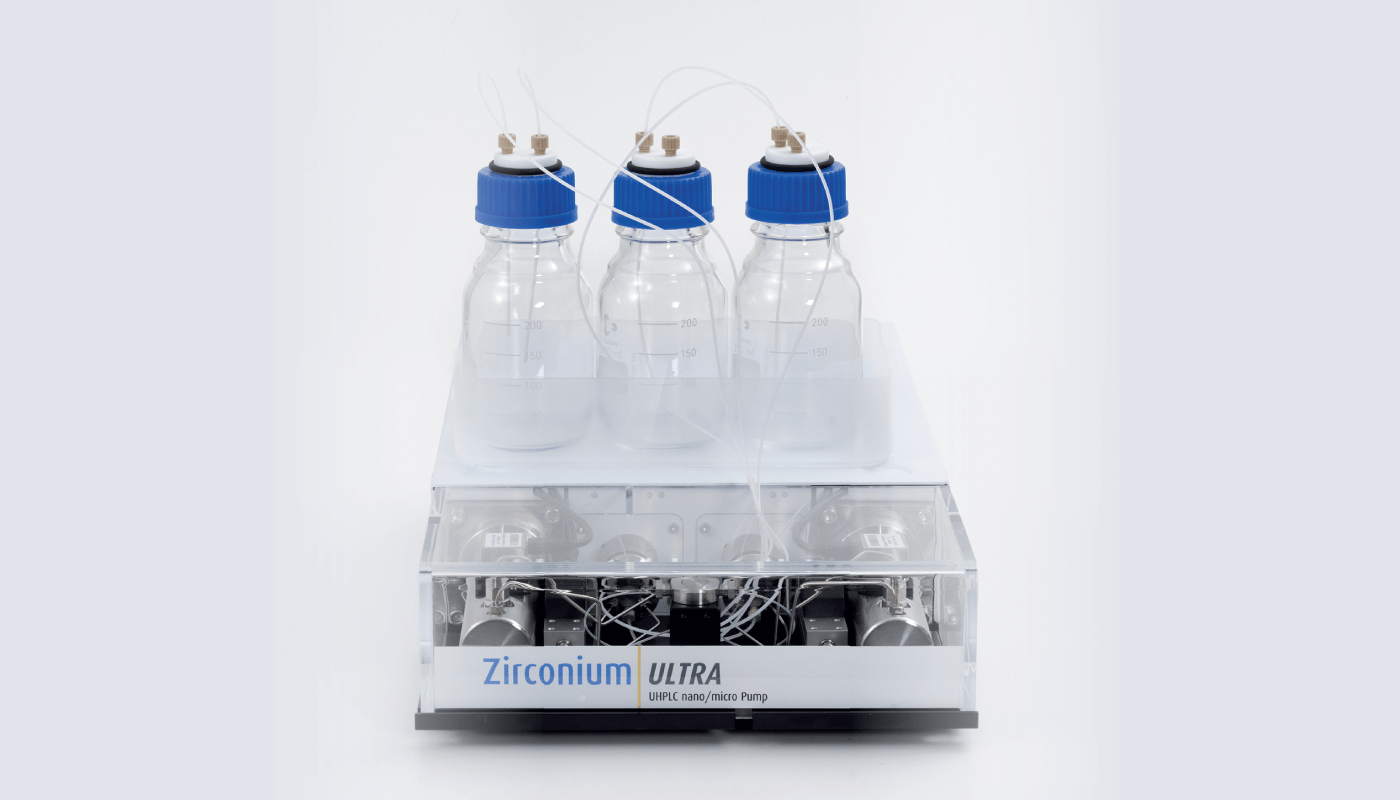
SomaLogic and Illumina have announced a co-development agreement aimed at “democratizing and accelerating our understanding of the human proteome” – in the words of proteomics SomaLogic Chief Executive Officer Roy Smythe. SomaLogic’s SomaScan Proteomics Assay will be applied to Illumina's high throughput next-generation sequencing (NGS) platforms. “Proteins play a central role in cellular function and health, and NGS can support a greater understanding of this role by unlocking biological insights at scale,” said Illumina Chief Technology Officer Alex Aravanis.
NanoMosaic, a biotech company developing nanoneedle technology for multi-omics applications, has signed a lease for a standalone building of 30,880 square feet in Waltham, MA, USA, to house its Multi-Omics World Headquarters. “This expansion allows for large scale, vertically integrated manufacturing of the Tessie instrument, consumables and reagents,” said Joe Wilkinson COO of NanoMosaic.
Sticking with ‘omics, Bruker has acquired Prolab Instruments – a Swiss technology company specializing in micro and nano-UHPLC pump technology. Prolab’s Zirconium, a nano-LC to cap-LC split-less pump, optimized for proteomics results, is already part of Bruker’s nanoElute system, and the companies are planning more tech mashups in the proteomics and metabolomics fields.
The US Food and Drug Administration’s (FDA) Office of Regulatory Affairs has purchased Waters’ Empower Chromatography Data Software and NuGenesis Laboratory Management Software to support its medical products testing operations across its five field science laboratories. Waters will also install the hardware, assist with instrument qualification and software validation, and train site analysts.
Image Credit: Bruker Corporation




